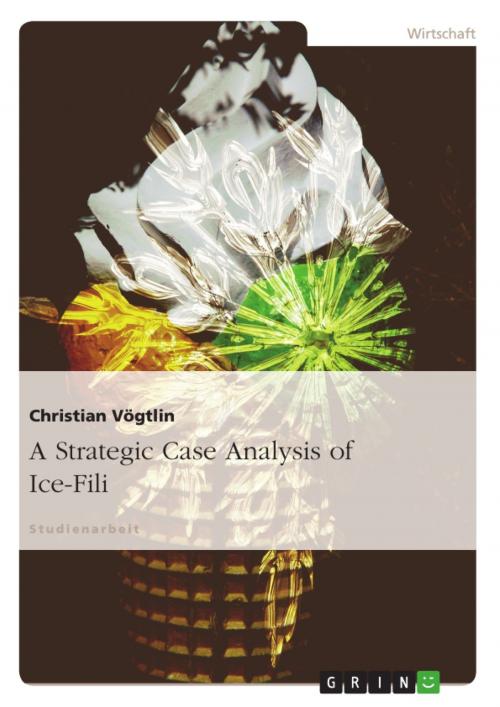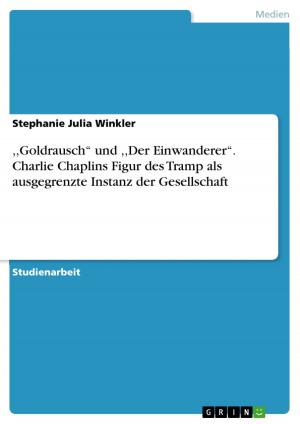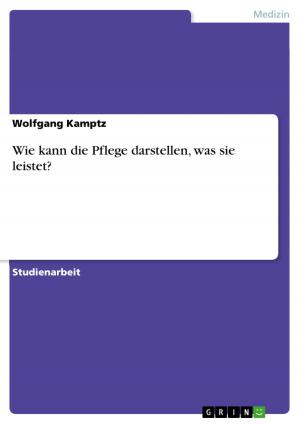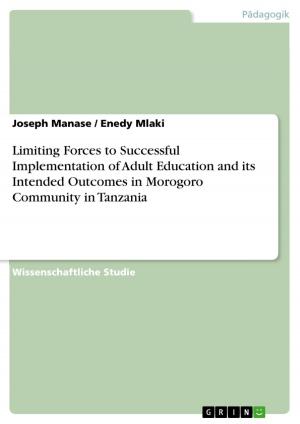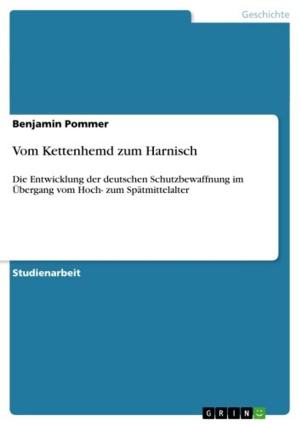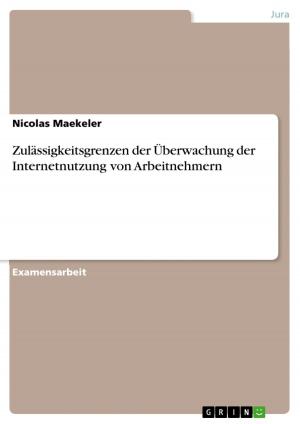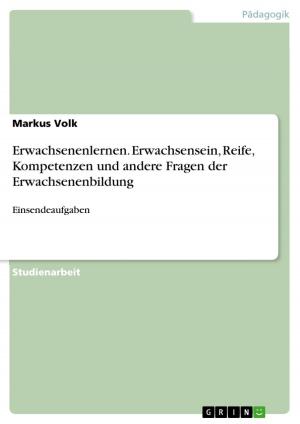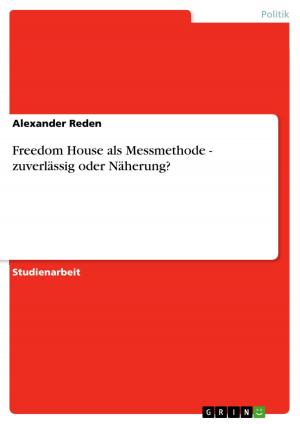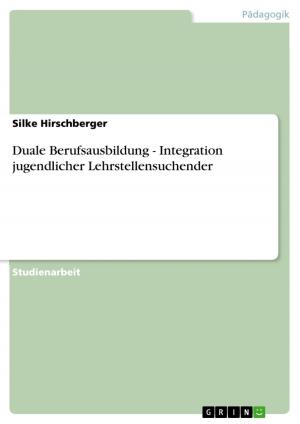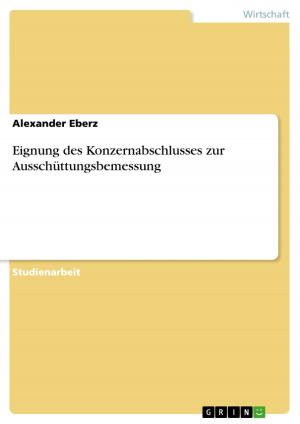| Author: | Christian Vögtlin | ISBN: | 9783638606967 |
| Publisher: | GRIN Verlag | Publication: | February 8, 2007 |
| Imprint: | GRIN Verlag | Language: | English |
| Author: | Christian Vögtlin |
| ISBN: | 9783638606967 |
| Publisher: | GRIN Verlag |
| Publication: | February 8, 2007 |
| Imprint: | GRIN Verlag |
| Language: | English |
Seminar paper from the year 2006 in the subject Business economics - Business Management, Corporate Governance, grade: 1,3, University of Constance, course: Strategic Management, 5 entries in the bibliography, language: English, abstract: This paper analyses the performance of the company Ice-Fili at the end of fiscal year 2002. It's the oldest Russian ice cream producer. It originated from the former state-run Soviet company Moshladokombinat N 8. In 1992 it was privatised and registered as a private jointstock company under the name Ice-Fili. Its CEO is Anatoliy Vladimirovich Shamanov. He transitioned the company to a privatized for-profit firm after the dissolution of the Soviet Union in 1991. The transition was successful; it could hold its good market position and remains the largest Russian ice cream producer in the year 2002. All information about the company, the competitive environment and the political situation used in the following article are derived from the Harvard Business School CaseIce-Fili(Rukstad, Mattu, & Petinova, 2003).
Seminar paper from the year 2006 in the subject Business economics - Business Management, Corporate Governance, grade: 1,3, University of Constance, course: Strategic Management, 5 entries in the bibliography, language: English, abstract: This paper analyses the performance of the company Ice-Fili at the end of fiscal year 2002. It's the oldest Russian ice cream producer. It originated from the former state-run Soviet company Moshladokombinat N 8. In 1992 it was privatised and registered as a private jointstock company under the name Ice-Fili. Its CEO is Anatoliy Vladimirovich Shamanov. He transitioned the company to a privatized for-profit firm after the dissolution of the Soviet Union in 1991. The transition was successful; it could hold its good market position and remains the largest Russian ice cream producer in the year 2002. All information about the company, the competitive environment and the political situation used in the following article are derived from the Harvard Business School CaseIce-Fili(Rukstad, Mattu, & Petinova, 2003).
